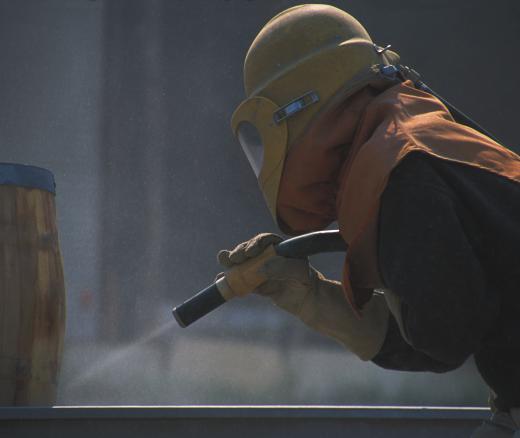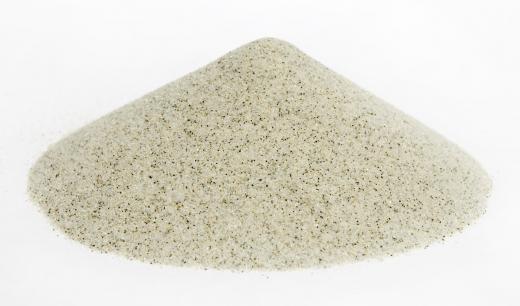Sandblasters shoot abrasives such as silica sand through a hose and out a nozzle with high-pressure force; this scours surfaces through abrasive blasting to remove set layers of material or even etch artistic designs into hard materials like wood and glass. Because of the pressures involved, sandblasting nozzles are constructed with durability and flow control in mind. As such they can come in various materials, shapes, sizes, and costs, each with its own distinct advantages and shortcomings. These include tough materials with varying tolerances in strength or temperature, such as ceramics, tungsten carbide, and boron carbide. Nozzle valve types include regular on/off, variable clamp, foot switch, deadman, and PAB valves.
Ceramic sandblasting nozzles exhibit sturdy, inexpensive performance. Made from nonmagnetic, rust-resistant material, these nozzles perform well in the “all or nothing” category; effective against wear and tear, they do occasionally fail, requiring more frequent replacement with backups. Tougher materials like tungsten carbide and boron carbide cost more, but perform with greater durability, heat conductance, and lighter weight. Tungsten carbide is so hard it is used to cut through other metals. Boron carbide is the toughest ceramic; it is erosion resistant and the longest lasting.

The most basic sandblasting nozzles have regular on/off valves. Variable clamp nozzles allow more control over the flow of the abrasive. For greater freedom of movement, foot-switch-operated nozzles permit operators to work in confined areas for more delicate work, such as etching inside cabinets. For the safety-minded, the spring-loaded deadman valve requires constant pressure on a squeeze handle to operate; a drop cuts off the flow of sand. Pickard Artistic Blasting (PAB)-type blasters allow for fine variable trigger control for soft touch artistic or industrial etching.

Higher-quality sandblasting nozzles wear evenly over time with use. They can typically be replaced by removing a set screw. In terms of nozzle size, wider bores allow increased flow, just as a firehose allows more flow than a garden hose. Other nozzle considerations include connection type, thread size, jacket material, and weight.
Sandblasting nozzles endure constant heavy pressure over their lifetimes. The blast of abrasives, coarse sand, and fine sand requires careful attention to safety equipment and practices. Silica dust can cause permanent damage to the respiratory system. In addition, the heavy pressures caused by sandblasting can easily injure the operator or others. Operators should carefully inspect the condition of nozzles and equipment before use, and minimize downtime by keeping replacements handy.
